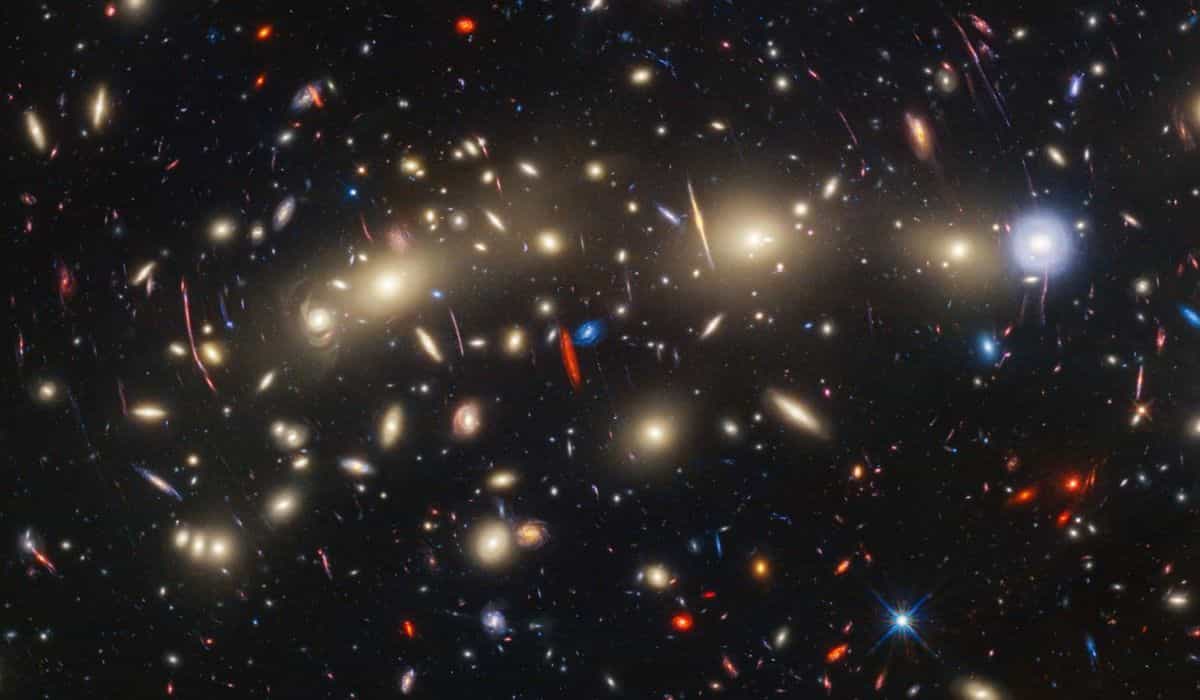
The James Webb Space Telescope and the Hubble Space Telescope have joined forces to investigate an expansive galaxy cluster located about 4.3 billion light-years from Earth.
+Creator of ChatGPT mocks Elon Musk’s AI, and billionaire accuses OpenAI of censorship
+NASA highlights incredible click of the Crab Nebula taken by the James Webb
The image resulting from the collaboration of the two telescopes combines visible and infrared light, offering a spectacular view of the cluster officially cataloged as MACS0416.
Already considered by space agencies as one of the most colorful images of the universe, the union of Hubble with Webb has allowed the capture of rich details, including galaxies outside the cluster and variable sources over time, possibly due to gravitational lensing.
Additionally, the richness of colors in the image provides clues about the distances of galaxies: the bluer ones are relatively close and better detected by Hubble, while the redder ones are more distant and detected by James Webb.
She comes in colors everywhere 🎵
Webb and @NASAHubble have brought you one of the most colorful and comprehensive views of the universe ever taken. This image showcases MACS0416, a gigantic galaxy cluster located about 4.3 billion light-years from Earth: https://t.co/g3IPGg6AdT pic.twitter.com/3JTKaj5EZN
— NASA Webb Telescope (@NASAWebb) November 9, 2023

